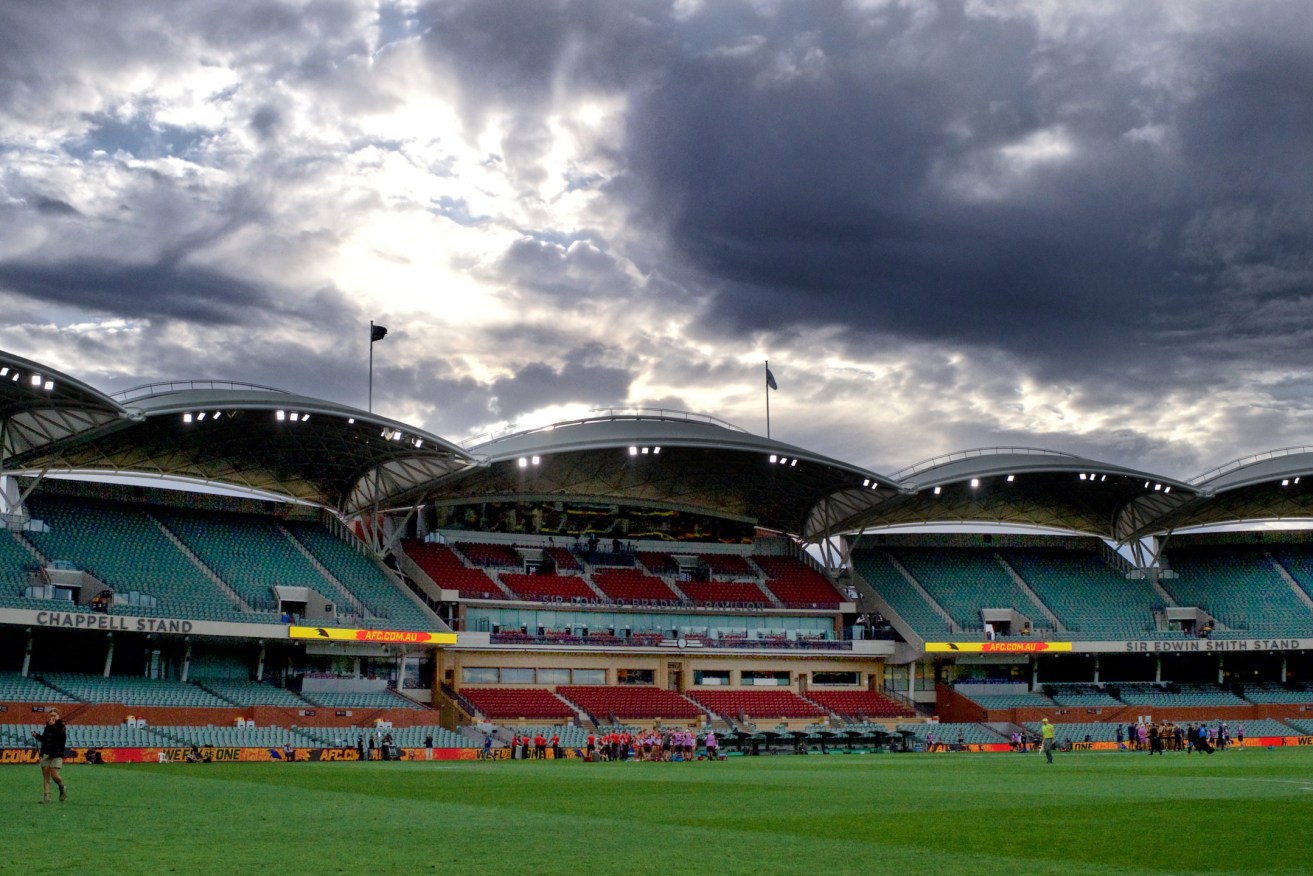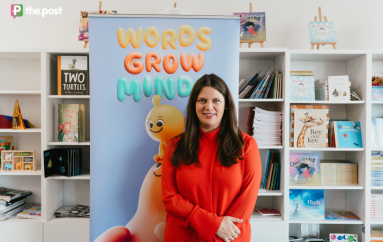Coronavirus: What we know today, June 10
Follow this post for rolling updates on the impact of the coronavirus in South Australia, the nation and the world.

Refresh this page for updates – scroll down for links to official health information.
KEY POINTS
- SA records 15 consecutive days with no new cases
- 2000 spectators allowed at Showdown
- SA Police say any new anti-racism rallies will be illegal
- Lifeline takes most number of calls in its history
- WHO says COVID-19 patients most infectious when first feeling sick
- More than 7 million US jobs were cut in April as restrictions took hold
No new SA cases for two weeks
South Australia on Wednesday marked 15 consecutive days of no virus cases, and a seventh successive day of zero active cases.
There have been four reported deaths in SA from COVID-19. SA Pathology has now undertaken more than 113,000 tests.
SA authorities won’t approve second anti-racism protest
South Australian authorities will not grant permission for a second Black Lives Matter rally in Adelaide.
Organisers have called for a second protest on Saturday after up to 7000 people gathered at the weekend in an event praised by police.
Earlier today SA Police Commissioner Grant Stevens said: “I’ll have look at the circumstances and … determine what the community sentiment is going to be, what the issues are around safety and find a position that meets all needs”.
However, after a meeting of the state’s transition committee – overseeing the lifting of COVID-19 restrictions – Stevens said an exemption would not be given to subsequent protests.
He said additional protests would make it difficult to control any outbreak that might occur from Saturday’s event.
People who attended new rallies would face the possibility of being issued with expiation notices for breaking SA’s pandemic restrictions.
At the first rally, the city’s Victoria Square was packed with people calling for justice over the death of African-American man George Floyd during his arrest in the US and ongoing concerns over indigenous deaths in custody.
Many people at last weekend’s rally wore masks and some tried to socially-distance but most remained in close quarters.
Calling it a “unique and extraordinary” event, Stevens had given permission for the rally to take place, granting those participating an exemption from COVID-19 restrictions.
His decision sparked calls for fans to be allowed to attend this weekend’s AFL game between Port Adelaide and the Adelaide Crows at Adelaide Oval – and the transition committee today decided that a limited crowd could attend.
Up to 2000 people will be allowed in general areas of the Oval while up to 240 people would be allowed in private rooms.
Record number of calls to Lifeline
Lifeline is taking about one call every 30 seconds from Australians suffering loneliness and anxiety on the back of the coronavirus crisis.
Almost 90,000 calls were received during each month of March, April and May – a record for the 57-year-old mental health support organisation.
“We were overwhelmed with loneliness. And anxiety,” Lifeline chair John Brogden told ABC television on Wednesday.
The imposition of social distancing and self isolation measures had a major impact on mental health, as did fears of job losses.
“While that was the right physical message to get out, it was a pretty devastating mental health message for a lot of people,” Brogen said.
Lifeline says it’s now receiving calls at a rate of about one every 30 seconds.
“We usually take 2,500 calls a day,” Brogden said.
Calls to Lifeline had already been picking up after a devastating summer of bushfires on Australia’s eastern coast, pushing the tally to about 2,900 a day.
But as the COVID-19 crisis began to take hold in autumn, calls went through the roof – as high as 3,200 a day.
“These numbers are unprecedented for us at Lifeline,” Brogden said.
Lifeline has now been given $2 million in extra funding by NRMA Insurance and RACV.
The money will be used to help pay for tele-health counselling sessions, counsellor training and toolkits and resources.
COVID-19 carriers “most infectious” when first feeling sick
Studies show people with the coronavirus are most infectious just at the point when they first begin to feel unwell, World Health Organization experts say.
This feature has made it so hard to control the spread of the virus that causes COVID-19 disease, but it can be done through rigorous testing and social distancing, the WHO experts said.
“It appears from very limited information we have right now that people have more virus in their body at or around the time that they develop symptoms, so very early on,” WHO epidemiologist Maria van Kerkhove said on Tuesday.
Preliminary studies from Germany and the US suggest people with mild symptoms can be infectious for up to eight or nine days, but it can be far longer for people who are more severely ill.
Earlier, some disease experts questioned van Kerkhov’s statement on Monday that transmission of COVID-19 by people with no symptoms is “very rare”, saying this guidance could pose problems for governments as they seek to lift lockdowns.
Van Kerkhove, citing disease-modelling studies, clarified on Tuesday that some people do not develop symptoms, but can still infect others.
“Some estimates of around 40 per cent of transmission may be due to asymptomatic (cases), but those are from models,” she said.
“So I didn’t include that in my answer yesterday but wanted to make sure that I made that clear.”
WHO’s top emergencies expert Dr Mike Ryan said the novel coronavirus lodges in the upper respiratory tract, making it easier to transmit by droplets than related viruses such as SARS or MERS, which are in the lower tract.
“Now as we look at COVID-19, we have an infectious pathogen that is present in the upper airway for which the viral loads are peaking at the time you are just beginning to get sick,” he said.
“That means you could be in the restaurant feeling perfectly well and start to get a fever, you are feeling OK, you didn’t think to stay home, but that’s the moment at which your viral load could be actually quite high,” he said.
“And it’s because the disease can spread at that moment that the disease is so contagious, that’s why it spread around the world in such an uncontained way, is because it’s hard to stop this virus.”
But some countries have shown that transmission can be brought down to “an acceptable level or even to no level”, as New Zealand had recently demonstrated, he said.
US lost 7 million jobs in April
US employers laid off 7.7 million workers in April – a sign of just how deep the economic hole is after the closure of thousands of offices, restaurants, stores and schools during the pandemic.
The Labor Department also said in a Tuesday report that job openings plummeted and hiring all but disappeared in April. The number of available jobs fell 16 per cent from March, to 5 million, while hires declined 31 per cent to 3.5 million.
The grim April – which followed an even bleaker March with 11.5 million layoffs – suggests that the economy could take time to recover nearly a decade’s worth of gains that vanished in about 60 days.
Hiring did rebound in May as 2.5 million jobs were added on net, the government said in a separate report on Friday.
But those gains appeared to reflect temporarily laid-off employees returning to work and increases in people with part-time jobs, rather than an economy at full throttle.
The Tuesday report shows how employers responded quickly to the pandemic by furloughing or laying off workers in March, though that slowed the following month as consumer spending appeared to bottom out and even recover slightly.
The Job Openings and Labor Turnover survey, or JOLTS, details overall hiring and job separation figures, while the monthly jobs data reflects net changes.
The next several months could be a challenge as monthly hiring was only at 60 per cent of 2019’s average. There are 4.6 unemployed workers for each job opening, meaning it will likely take time for the economy to return to its pre-coronavirus health.
OFFICIAL SOURCES OF ADVICE AND INFORMATION
Local updates and resources
State Government central information
Mental health support line (8am to 8pm): 1800 632 753.
National advice and information
Australian Government Coronavirus information hotline: 1800 020 080
Government information via WhatsApp: click here
Travel
Australian Government travel advice: smartraveller.gov.au
Check your symptoms
Free, government-funded, health advice: healthdirect.gov.au
– Reporting by InDaily staff, AAP and Reuters




